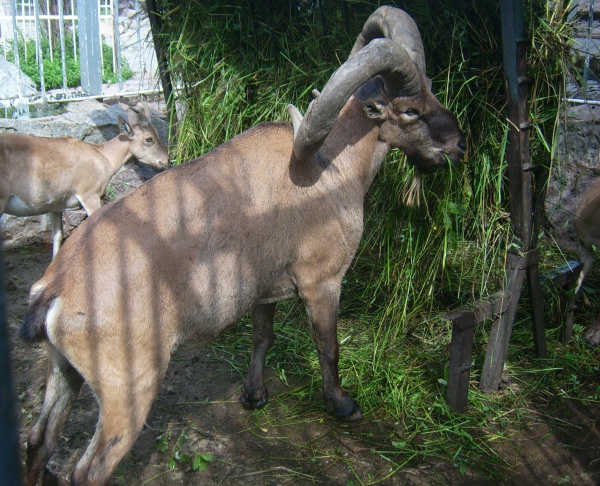Facts About East Caucasian tur
The East Caucasian tur, also known as the Daghestan tur, is a captivating, goat-like animal inhabiting the eastern part of the Greater Caucasus Mountains. These mountain dwellers primarily forage on grasses and leaves, constantly vigilant against predators such as wolves and lynxes. Often regarded as a subspecies of the West Caucasian tur, they are classified as Near Threatened by the IUCN.
The East Caucasian tur exhibits distinct sexual dimorphism, with notable differences between males and females in size and horn shape. Adult males typically stand around 105 cm tall at the shoulder and can weigh approximately 140 kg. In contrast, females are smaller, standing at 85 cm and weighing about 56 kg. Males are also characterized by their longer, lyre-shaped horns, while females possess shorter horns. Additionally, their coats undergo seasonal color changes, and males grow a beard in winter.
These animals are found at altitudes ranging from 800 to 4,000 meters in the Greater Caucasus Mountains. Preferring rugged, open areas with minimal human activity, they are highly sensitive to heat. Their breeding season occurs from late November to early January, with births taking place in May and June. Young turs are quite agile and begin grazing after about a month, although they continue nursing until December. The age of maturity varies, with males maturing later than females.
The diet of East Caucasian turs changes with the seasons, and they are known for covering considerable distances, sometimes migrating vertically between 1,500 and 2,000 meters. During the mating season, males engage in intense competition for the opportunity to mate. Females tend to form stable groups, while males congregate in larger groups that disperse during the breeding season.

 Armenia
Armenia